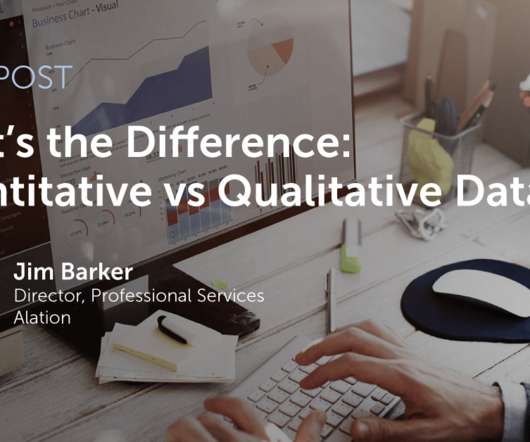8 strategies for accelerating IT modernization
CIO Business Intelligence
APRIL 1, 2024
Those principles are data centric, platform first, cloud based, automation led, and zero trust (so that everything is secure from the start). Having this framework that outlines the principles allows us not to get bogged down in the process but to remain focused on making principle-driven decisions.”















Let's personalize your content